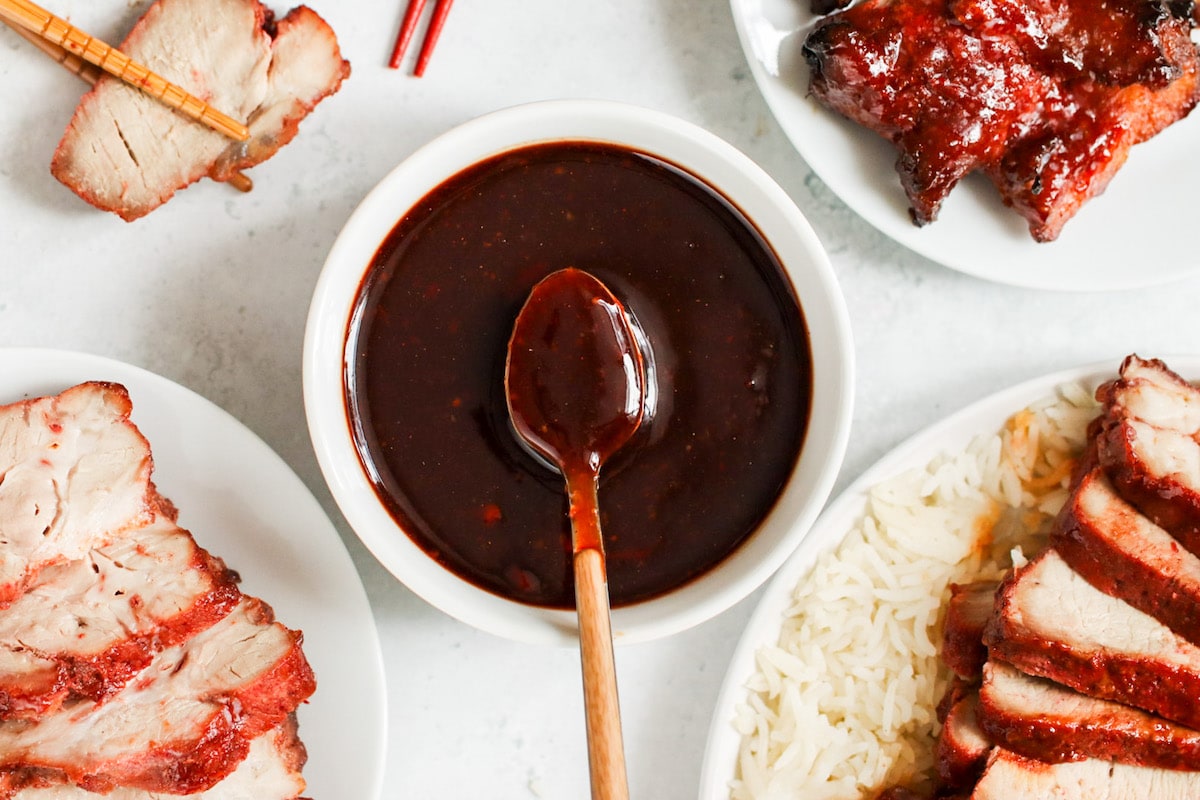Understanding Asafetida: A Unique and Flavorful Spice
Asafetida, also known as hing, is a pungent spice commonly used in Indian and Middle Eastern cuisine. Derived from the resin of the Ferula plant, asafetida has a strong and distinctive aroma, often described as sulfurous or reminiscent of garlic. Despite its powerful scent, asafetida adds a unique umami flavor to dishes and is a staple in many traditional recipes.
Origins and Cultivation
Asafetida is native to the mountainous regions of Afghanistan and Iran, where the Ferula plant thrives in dry and cold climates. The resin is extracted from the roots and stems of the plant and then dried into a solid mass, which is later ground into a fine powder for culinary use.
Flavor Profile and Culinary Uses
Asafetida is often used as a substitute for garlic and onions in dishes, especially in Indian vegetarian cooking where these ingredients are avoided. When heated in oil or ghee, asafetida releases a complex and savory aroma, enhancing the overall flavor of the dish. It is commonly used in lentil dishes, curries, and pickles, adding depth and richness to the final preparation.
Aside from its culinary uses, asafetida is also known for its digestive properties. In Ayurvedic medicine, it is believed to aid in digestion and reduce bloating, making it a popular addition to bean and lentil dishes.
Health Benefits
Asafetida is not only valued for its flavor but also for its potential health benefits. It contains compounds that have been studied for their anti-inflammatory and antimicrobial properties. Additionally, it is believed to have a positive impact on digestive health and may help alleviate symptoms of irritable bowel syndrome (IBS) and other gastrointestinal issues.
How to Use Asafetida in Cooking
When using asafetida in cooking, it is important to remember that a little goes a long way due to its potent flavor. It is typically added to hot oil or ghee at the beginning of the cooking process to allow its aroma to infuse the dish. Asafetida can also be mixed with water to form a paste before adding it to recipes.
Here are a few popular dishes where asafetida is commonly used:
- Dal: Asafetida is a key ingredient in dal, a traditional Indian lentil dish.
- Curries: It adds depth and complexity to various curry recipes.
- Pickles: Asafetida is often included in pickling spices for its unique flavor.
Where to Buy Asafetida
Asafetida can be found in specialty spice shops, Indian grocery stores, and online retailers. It is typically sold in powdered form and is often packaged in airtight containers to preserve its potent aroma. When purchasing asafetida, look for high-quality, pure varieties to ensure the best flavor and aroma in your dishes.
Conclusion
Asafetida is a versatile spice with a rich history and a wide range of culinary and potential health benefits. Whether you’re looking to add depth to your curries, enhance the flavor of your lentil dishes, or explore the world of traditional Indian cooking, asafetida is a spice worth experimenting with in the kitchen.
So, the next time you’re browsing the spice aisle, consider picking up a container of asafetida and adding a touch of its unique flavor to your favorite recipes.
Was this page helpful?
Read Next: What Is 6 Tbsp To Cups?











